How to organise your wardrobe, according to these fashion insiders
Spring marks the perfect moment for a wardrobe refresh. Here, with the help of four experts, Wallpaper* provides the ultimate guide to organising your wardrobe – from clearing out to the perfect hanger
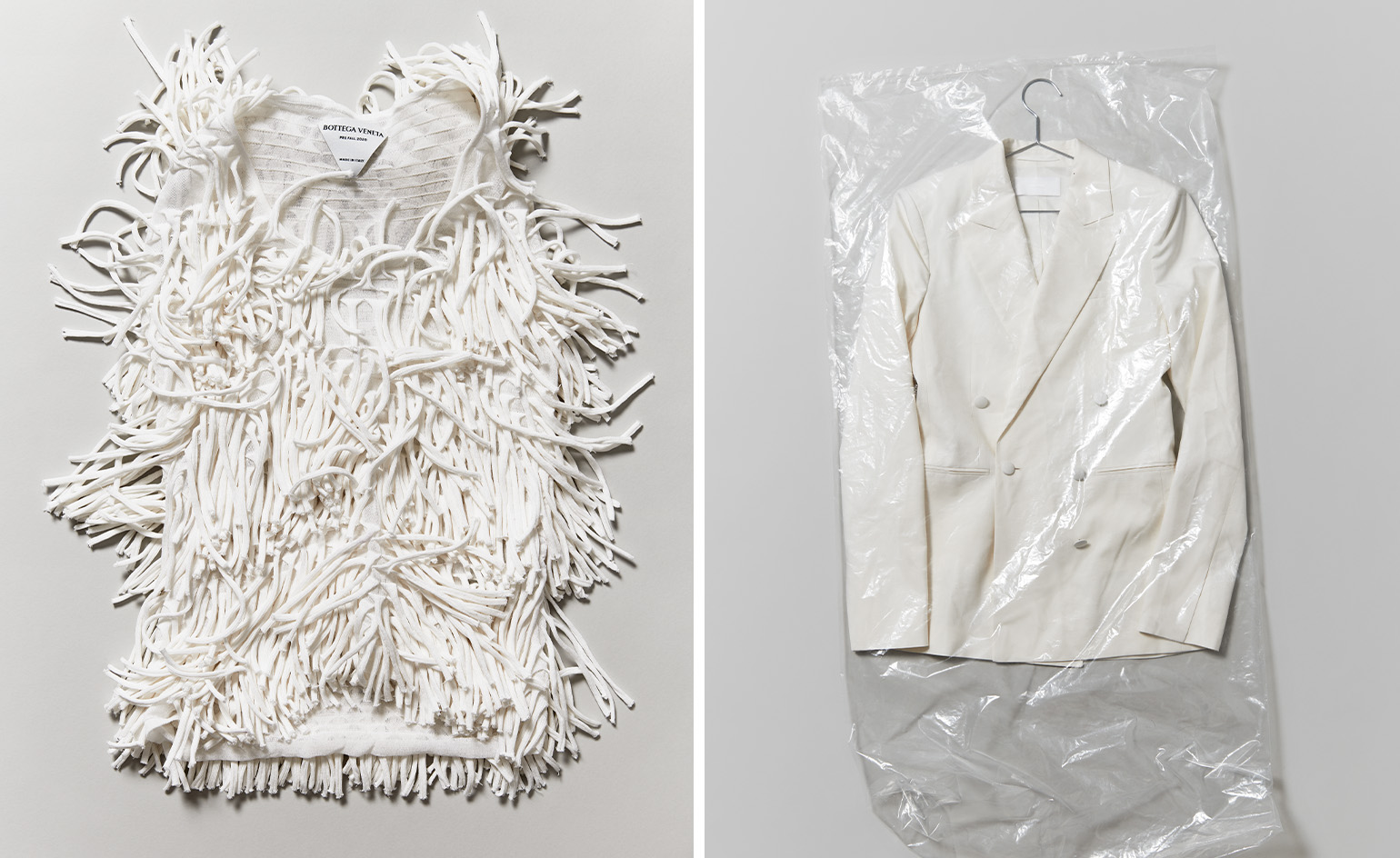
Established in 2014 with a mission to reinstate – and ultimately modernise – the more traditional principles of preserving textiles, the founders of Steamery are better qualified than most to recognise the value of a properly organised wardrobe. ‘Clothing care is just as important as thoughtful shopping, and it starts with seeing your wardrobe as a long-term companion,’ asserts Frej Lewenhaupt, CEO and co-founder of the Swedish brand, whose product line comprises smart tools for delaying deterioration, like elegantly designed steamers and fabric shavers, as well as lint rollers and laundry detergents.
‘In an age where restocking videos on TikTok garner billions of views, it’s important to recognise the difference between organisation and display,’ adds Layla Sargent from The Seam, a British company connecting consumers with textile specialists (‘makers’ proficient in alterations), founded by Sargent in 2019. ‘Your wardrobe needs to work for you, making the most of the items you have.’ This might mean swapping out mixed-up plastic hangers acquired from your favourite stores for a set that endorses order – and moreover, correctly pairs weights and textures – or addressing the season and finally implementing a rotation system that creates more space. In the spirit of spring and clean beginnings, it could also highlight a chance to completely restructure your idea of categorisation, streamlining the contents of your drawers or reworking rails.
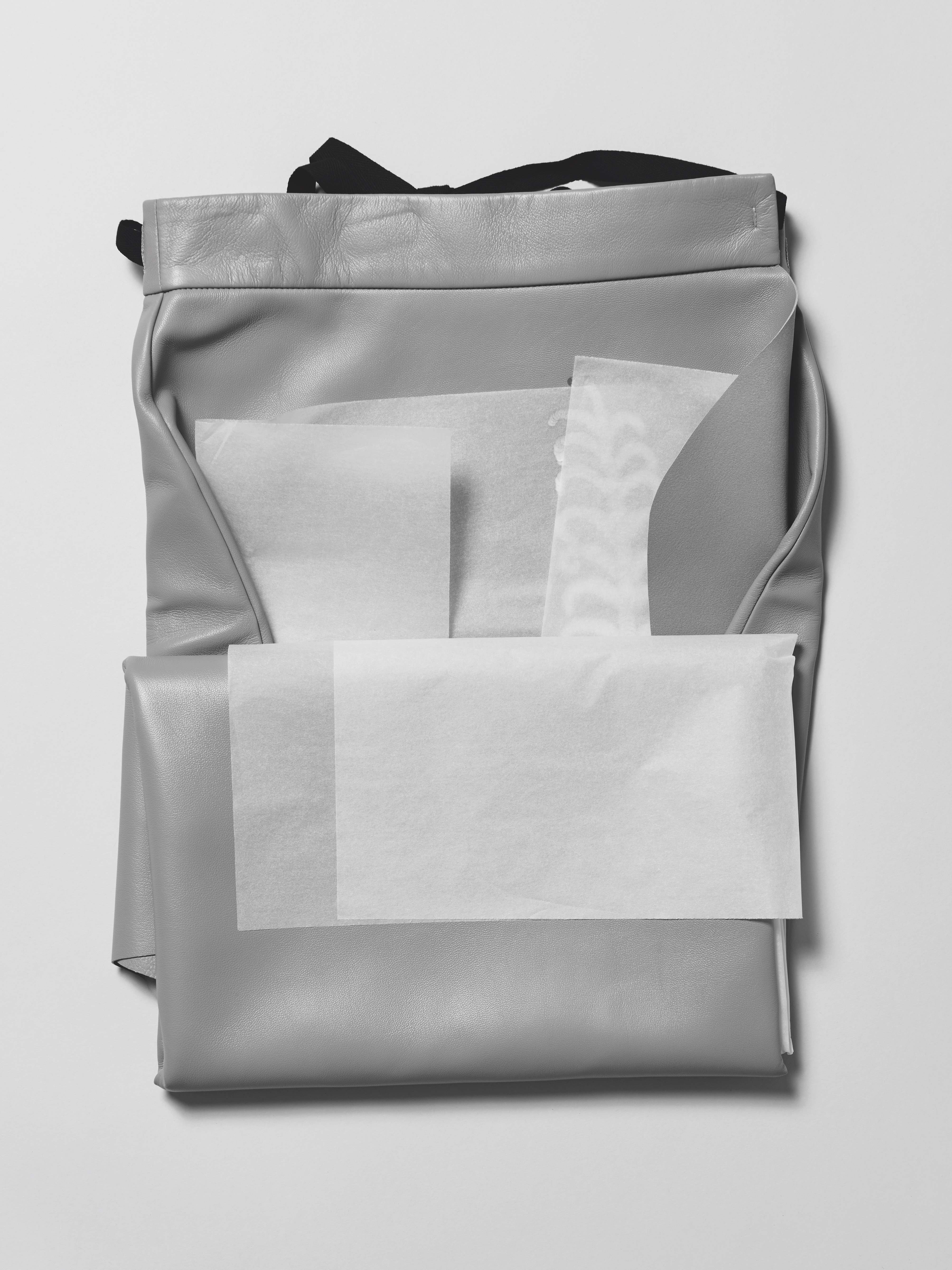
While the immediate reasons for organising are largely obvious – tidy living standards are something most of us can get behind – the practice can also shape one’s relationship with personal style, and furthermore should be considered as part of a broader environmental conversation: keeping your clothes intact can significantly improve their lifespan after all. ‘The biggest misconception is that a perfect wardrobe requires constant decluttering or minimalism,’ continues Lewenhaupt. ‘Instead, it’s about creating a balance – choosing versatile, quality pieces you love, and maintaining them well to last longer. It’s an investment in the longevity of your clothes!’
Below, a group of care experts that includes Lewenhaupt and Sargent – also the team behind Vault Couture, an external storage service set up by Mounissa Chodieva in 2012, and Eshita Kabra-Davies, founder and CEO of renting company By Rotation – share the advice they’ve found most effective for properly organising one’s wardrobe.
Break it down
‘Start small!’ says the Vault Couture team, a sentiment generally echoed by all the experts. ‘Focus on one section, preferably bulky items, rather than tackling the entire wardrobe at once.’ Breaking the process down into more manageable steps will quell any feeling of overwhelm, ensuring a calmer and more considered approach agrees Lewenhaupt. Additionally, he suggests that it ‘helps you evaluate what you actually wear and love. So begin by organising the pieces you reach for most often – it’s not about perfection but creating a system that works for you and makes your wardrobe a source of inspiration rather than stress.’ And if it feels along the way that things aren’t progressing much, the Vault Couture team note that hanging items as you go can offer a ‘quick win’, and a more immediate nod of encouragement.
Take your time
With that in mind, it’s helpful to remember there is no actual quick fix, and irrespective of the scale of the wardrobe or variety of the pieces inside, it will probably take longer than you think. ‘A big misconception [we hear about] is time,’ explains the Vault Couture team. ‘Many people assume organising takes just an afternoon or a day, but for a full wardrobe organisation – particularly for a couple – we typically allow two days to achieve best results, because it’s about curating what you have and storing it smartly, rather than throwing things away. Another misconception is that you have to sell or dispose of a significant amount of clothing to have an organised wardrobe.’

Pick a system that actually works
While ordering pieces by colour makes for a fun visual, clothing is best organised according to category – so grouping things like tops, dresses, trousers and skirts, much of which will also share tangible attributes, makes sense. ‘The most common question I get is, “How do I make my wardrobe feel less overwhelming?”’ observes Kabra-Davies. ‘For me it’s having a curated selection that works hard for you: versatile staples you wear often and renting for special occasions – you don’t need to buy a new outfit for every party, holiday, or dinner. Renting these pieces keeps your wardrobe minimal and allows you to experiment without long-term commitment.’
Wallpaper* Newsletter
Receive our daily digest of inspiration, escapism and design stories from around the world direct to your inbox.
Lewenhaupt meanwhile, goes even further. ‘Curate a system that reflects your personal style and lifestyle, prioritising quality over quantity and grouping items by how often you wear them,’ he says. ‘Organising by item category is generally more practical as it helps you find what you need and builds outfits efficiently. It’s also a good idea to rotate your wardrobe, seasonally, to reflect what you’re currently wearing.’
Seriously consider your hangers
‘Delicate fabrics like silk, satin, and structured items like blazers and dresses should be hung to avoid creases and maintain their shape,’ instructs the Vault Couture team. ‘Knitwear, cashmere and heavier items like jeans should be folded to prevent stretching the fabrics.’ Lewenhaupt swears by high-quality, uniform hangers to ensure smart organisation, prioritising wooden and fabric-padded hangers, the former for their sturdy but gentle credentials that maintain the shape of heavier items, the latter to support delicate pieces featuring thin straps, intricate adornment, or snag-prone materials.
‘The general rule is to hang anything prone to wrinkling or losing its structure and fold garments that might stretch or develop hanger marks,’ he says. ‘Proper care not only keeps your wardrobe organised but ensures your clothes stay in excellent condition for longer.’ Sargent concurs, additionally suggesting that hangers can be a tool for longer-term sorting. ‘By hanging your clothes 'backwards' [facing away from you], then re-hanging them 'forwards' once worn or washed, you'll be able to see which pieces are going un-worn,’ she offers. ’Take stock and consider if they need an alteration, a re-style or a new home.’
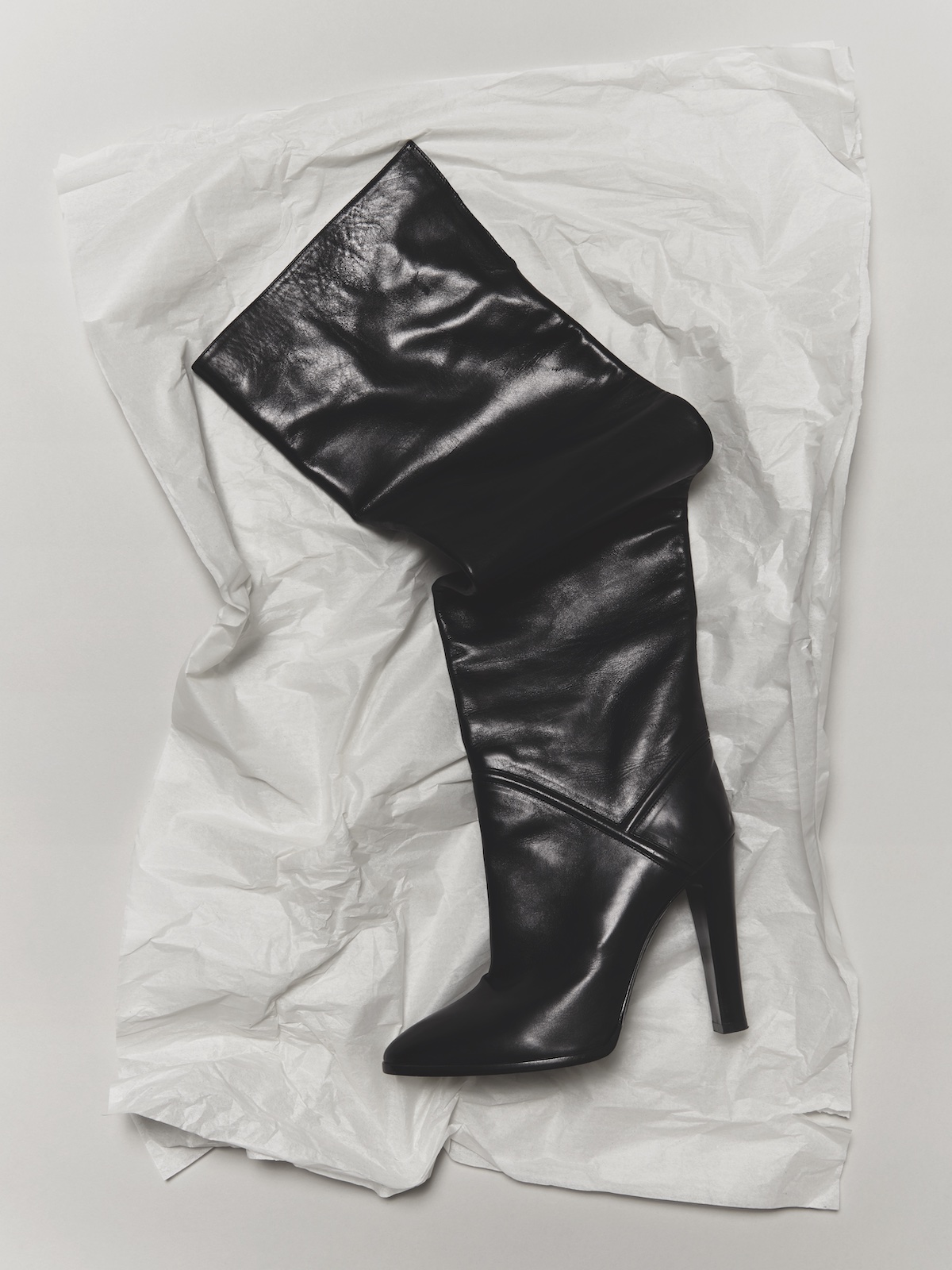
Plan, prevent, protect
With the basics established, it’s worth assessing which additional apparatus might further conserve the things you own. ‘Dust covers are essential to keep handbags protected; mothballs are great, especially in wardrobes with wool or cashmere; acid-free tissue paper is useful for folding fabrics, padding inside bags or wrapping items to prevent creasing and discolouration,’ suggests the Vault Couture team, highlighting a number of key problem areas.
‘Iron or steam in advance,’ recommends Sargent. ‘If you're the type of person who dresses in a hurry, pull four or five pieces out of your wardrobe in advance and press them to perfection: you'll have that many more options in ready-to-wear condition.’ For Kabra-Davies, storage boxes are a core necessity: prime receptacles for storing clothes away out of season. ‘They simplify your life,’ she says. ‘And with a streamlined wardrobe, you spend less time deciding what to wear and more time enjoying the pieces you love. It’s also better for the planet, you avoid impulse buys and can focus on investing in quality, while renting what you don’t need every day.’
Zoe Whitfield is a London-based writer whose work spans contemporary culture, fashion, art and photography. She has written extensively for international titles including Interview, AnOther, i-D, Dazed and CNN Style, among others.
-
 In Wales, Michelin-starred Gorse celebrates the country’s abundant larder
In Wales, Michelin-starred Gorse celebrates the country’s abundant larderGorse is the first Michelin-starred restaurant in Cardiff, putting Welsh cuisine on the map. We speak with chef and founder Tom Waters about the importance of keeping culinary traditions alive
By Tianna Williams
-
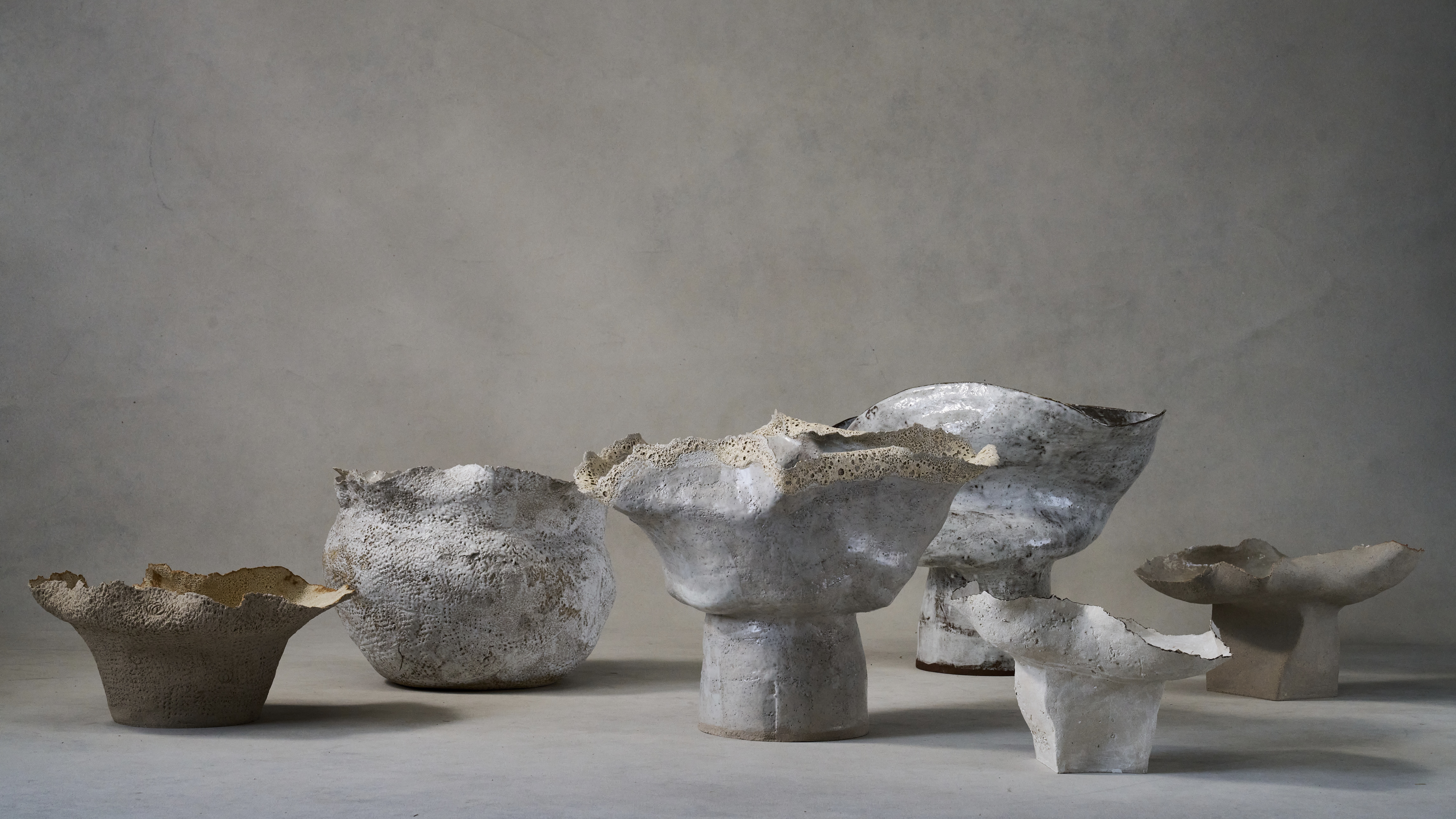 Ludmilla Balkis’ organic, earthy ceramics embody the Basque countryside
Ludmilla Balkis’ organic, earthy ceramics embody the Basque countrysideThe sculptor-ceramicist presents a series inspired by and created from found natural objects in a New York exhibition
By Anna Solomon
-
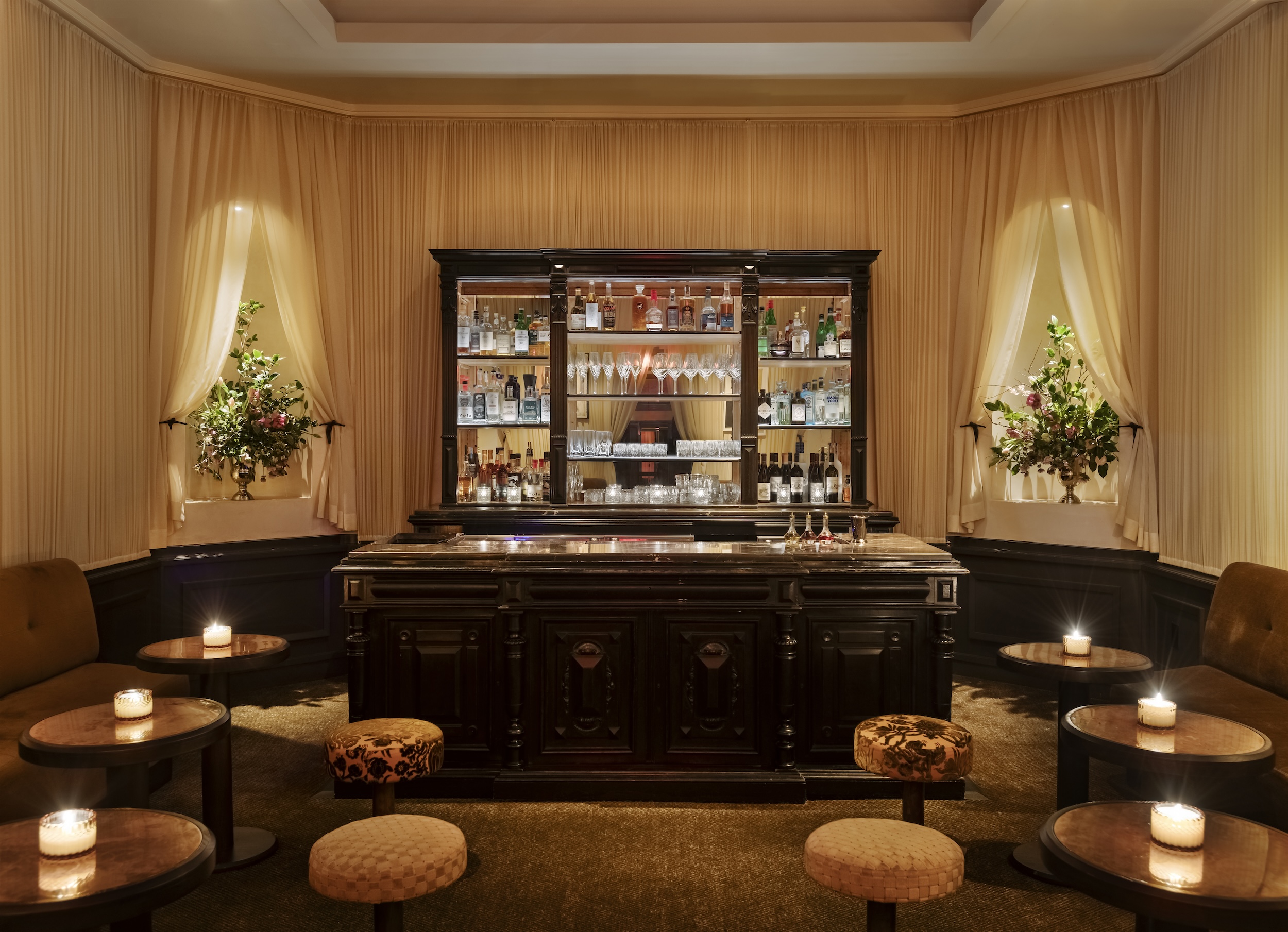 At this secret NYC hangout, the drinks are strong and the vibes are stronger
At this secret NYC hangout, the drinks are strong and the vibes are strongerFor People's bar, Workstead serves up a good time
By Anna Fixsen